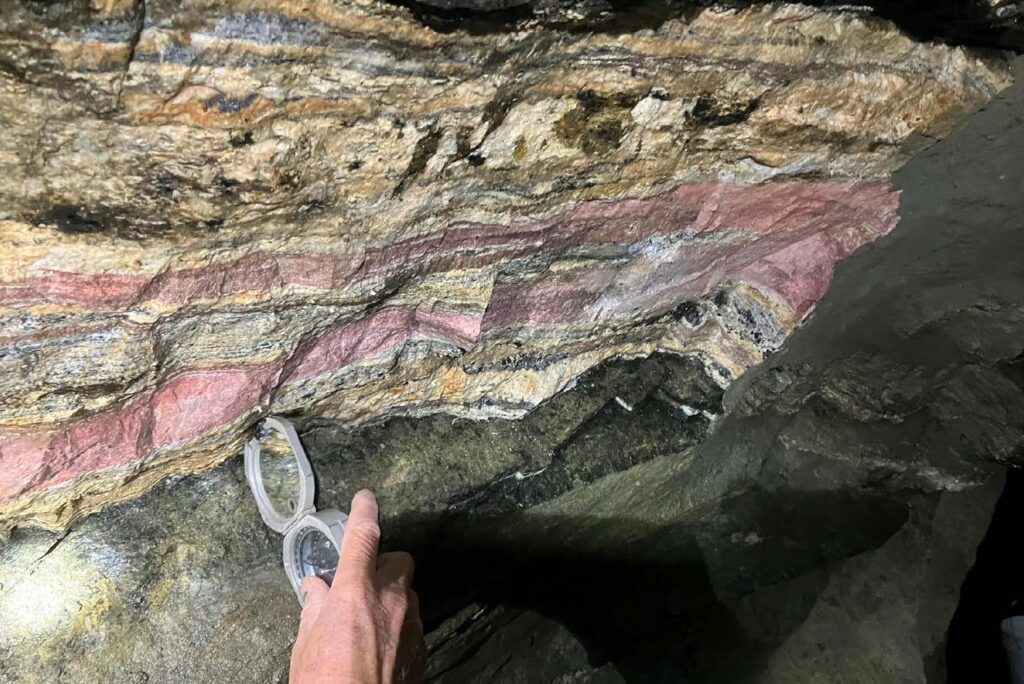
Source: US Critical Materials Corp.
- US Critical Materials said its Sheep Creek deposit is the richest deposit of rare earths and gallium in North America.
- Developing US processing technology is expected to be more environmentally friendly than traditional methods.
- The company is in discussions with the US government about defense contracts and mineral reserve strategies.
US Critical Materials Corp., a privately owned exploration company, is advancing the Sheep Creek project in Montana. The property hosts North America’s richest deposit of rare earths and gallium, according to the company.
The US has been working to diversify its supply chains including reducing dependence on China for critical minerals. The US met 100% of its gallium demand and 80% of its rare earth requirements through imports in 2024, according to the US Geological Survey. About 56% of the rare earth compounds and metals, and 19% of the gallium, originated from China.
Harvey Kaye, executive chairman of US Critical Materials, recently sat down with Platts, part of S&P Global Commodity Insights, to discuss the Sheep Creek development and how government support could help establish domestic critical mineral supply chains. The following interview has been edited for clarity and brevity.
Platts: What differentiates Sheep Creek from other US rare earths projects?

Source: US Critical Materials Corp.
Harvey Kaye: We hold 339 claims covering 11 square miles at Sheep Creek, Montana. These claims have been adjudicated by impressive independent agencies, such as Idaho National Labs, one of the 17 national and activation labs. They basically came back to us and said, “What you guys have is the richest deposit of rare earths ever found in North America.”
Our deposit averages 9% rare earths content, compared to MP Materials Corp.’s 4%-5% and USA Rare Earth Inc.’s 1%. We call it a geological unicorn — very high-grade rare earths with very low thorium content.
This is crucial because rare earths typically occur with thorium, a radioactive material. Above 500 parts per million requires nuclear regulatory oversight. We average less than 200 parts per million. So, what makes us unique is a very high grade of rare earths and very low thorium.
How does Sheep Creek fit the US strategy to reduce dependence on Chinese imports?
We quickly realized that Sheep Creek is a national treasure. We now have two points in our sphere.
First, it’s an exceptionally robust, high-grade deposit. Second, we have entered into something called CRADA, a cooperative research and development agreement, with Idaho National Labs. They wanted our ore because it’s high grade and low thorium — therefore, easy to work with.
We financed this partnership to own the intellectual property. Over the last year, Idaho National Labs developed a new technology that never existed before — an electrochemical membrane reactor. It’s a closed-loop system that doesn’t discharge chemicals, acids or other harmful materials used in traditional processing.
Now, think of what that means to our geopolitical approach to dealing with the Chinese. The US has the technology to process these materials and do it in an environmentally friendly way.
I know for a fact that our government is now identifying the top three or four minerals that are their priority to establish critical mineral sovereignty. Gallium is one, antimony and samarium are the others.
We’re in discussions with private and governmental players to become a principal gallium supplier.
Our game plan is to be able to extract enough, process it, and stand on the White House steps within 60 days and be able to say, “In this bag are critical minerals, rare earths and gallium that are found in America, processed with environmentally friendly technology, and available for the defense of this country and indeed the free world. Mr. President, you can tell the Chinese whatever you want; that’s up to you.”
What’s your timeline to first production and key milestones?
It is a function of the speed of the permit. There is something called categorical exclusion. We are in discussions to make that happen. Because of the need for gallium, in particular, we said to them: “You give us an exclusion or a fast-track permit, and we can start delivering gallium in the next six months or less.” And because of the uniqueness of our deposit, we can mine through the winter.
We have a mining plan that starts almost immediately and gives us the ability to start bringing the materials in the next 60 days. We believe that, with a little bit of persistence, permits will come in the near term, enabling us to start bringing some volume production in 2026.
We are in discussions with multiple defense and chip manufacturers to book their supplies because they know no one else in America can produce gallium. And we are in those discussions very actively in America, and some in Europe.
Are you concerned that government support might create winners and losers among domestic producers?
This is a relatively new trend. The government announced deals with Intel Corp., MP Materials and others. I believe they are aware of this situation, and they are now modifying this approach. And they don’t want to be accused of creating winners and losers.
They’re evaluating all opportunities, including ours, focusing on which minerals and companies can deliver right now. We’re the only remaining private company in this space — by design.
Our first priority is shareholder value creation. Second is what’s best for national defense.
How do you view market risks if China floods markets with cheap supplies?
What the government did with MP Materials is to give them a 10-year offtake agreement at a floor price, in addition to taking an equity position. That is something that we are interested in.
When I testified before Congress about two months ago, I said, “Give us a standby agreement for the critical minerals that you need at a floor price, and help to accelerate permits.” And I think the government clearly understands that.
We are also in discussions with a major US Army base, and we are talking about three things: We’re talking about taking ore from Sheep Creek, putting it on a train and shipping it to this location to build a processing plant on the Army base.
We are also in talks with the Defense Logistics Agency to start building storage of critical minerals. We have a strategic oil reserve; they want to have a strategic critical mineral reserve. We believe we can accomplish that, and we are in very detailed discussions on that.

